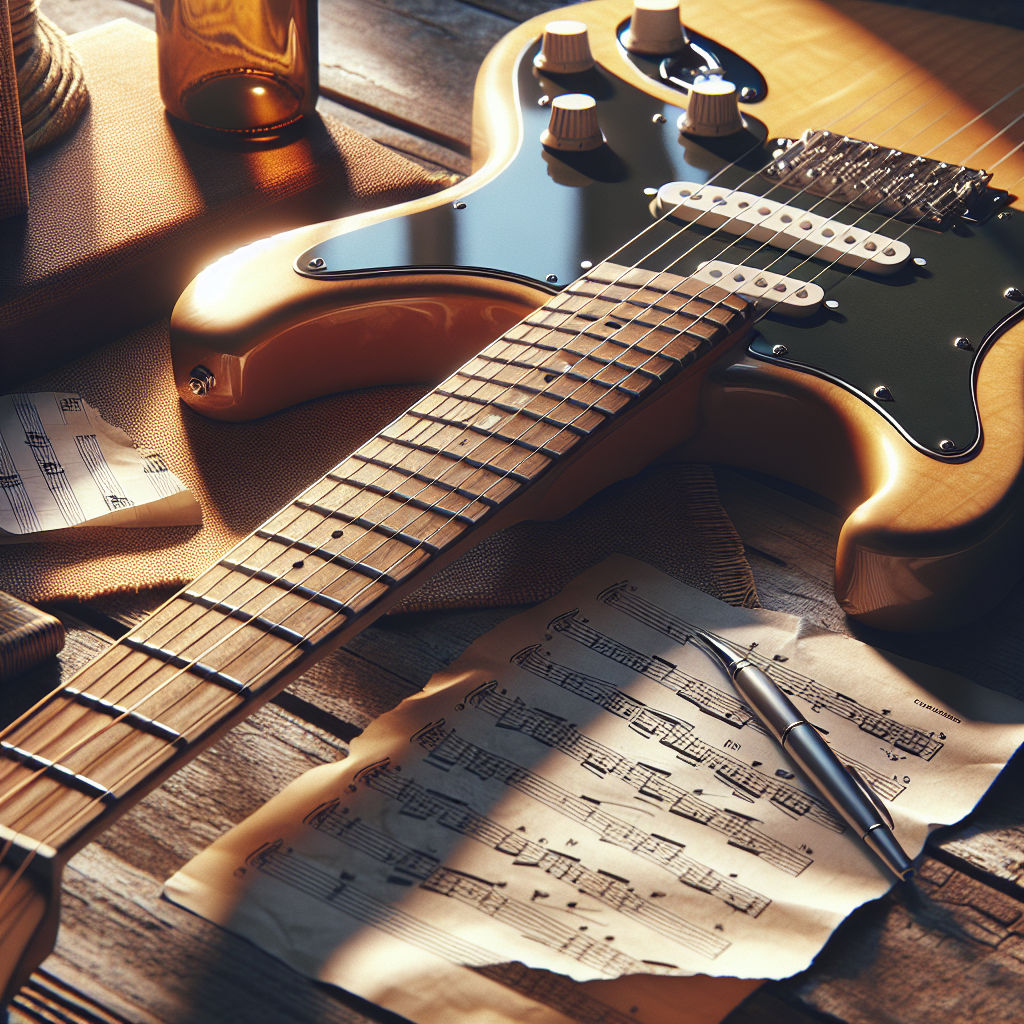
Rhythm is the heartbeat of music, and when it comes to guitar playing, mastering rhythm is essential for becoming a well-rounded musician.
Rhythm is the heartbeat of music, and when it comes to guitar playing, mastering rhythm is essential for becoming a well-rounded musician. While we often focus on learning scales, chords, and solos, the importance of rhythm should never be underestimated. It is the element that gives music its groove, its pulse, and its character.
In guitar training, understanding rhythm involves more than just strumming along to a metronome. It's about internalising different rhythmic patterns, syncopations, and time signatures to enhance your playing. Developing a strong sense of rhythm will not only make you a better guitarist but also a more versatile musician.
One way to improve your rhythmic skills is by using ear training tools to help you recognise different patterns and develop a good sense of timing. By honing your ear, you can better understand how to fit your playing within the musical context, whether it's a simple 4/4 groove or a complex polyrhythmic pattern.
Another aspect of rhythm in guitar playing is the ability to incorporate arpeggios effectively. Arpeggios can add depth and colour to your playing, and knowing how to weave them seamlessly into your rhythms can elevate your music to a new level. Utilising tools like the triad visualisation tool can aid in recognising arpeggios all over the fretboard, allowing you to incorporate them fluidly into your playing. 
Understanding the notes of the fretboard is also crucial for developing rhythmic skills. Knowing where each note is located enables you to play with precision and confidence, ensuring that your rhythms are tight and consistent. Tools for learning the notes of the fretboard can be invaluable in this regard, helping you navigate the guitar with ease.
When it comes to scales, rather than relying solely on the CAGED system, I advocate for recognising triads all over the fretboard. This approach allows for greater flexibility and creativity in your playing, as you can easily build chords and melodies around these foundational triads.
In conclusion, rhythm is the driving force behind great guitar playing. By dedicating time to improving your rhythmic skills and incorporating tools like ear training, arpeggios, and fretboard visualisation, you can take your playing to new heights. So, next time you pick up your guitar, remember that rhythm is not just a background element – it's the soul of music.